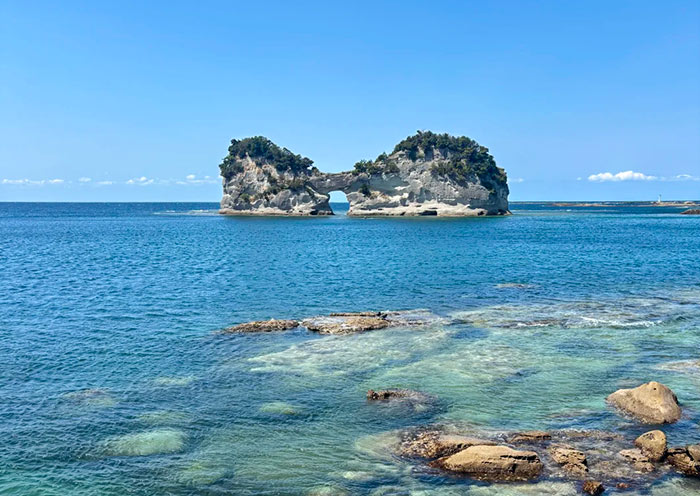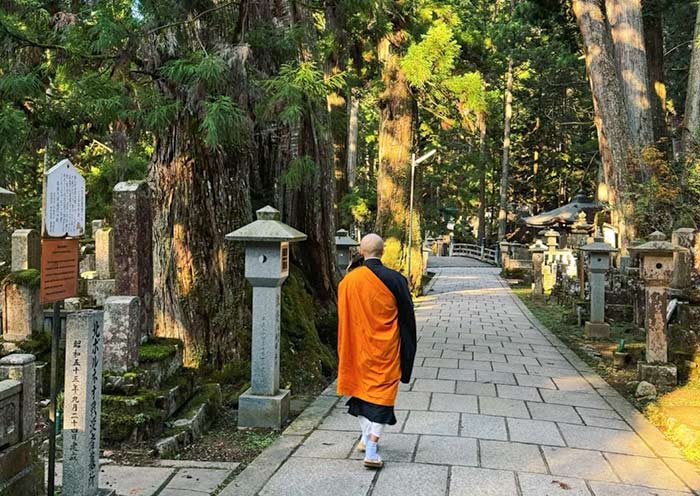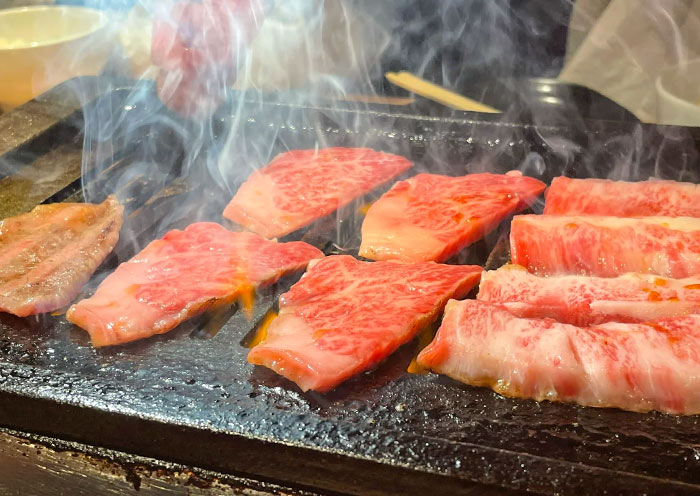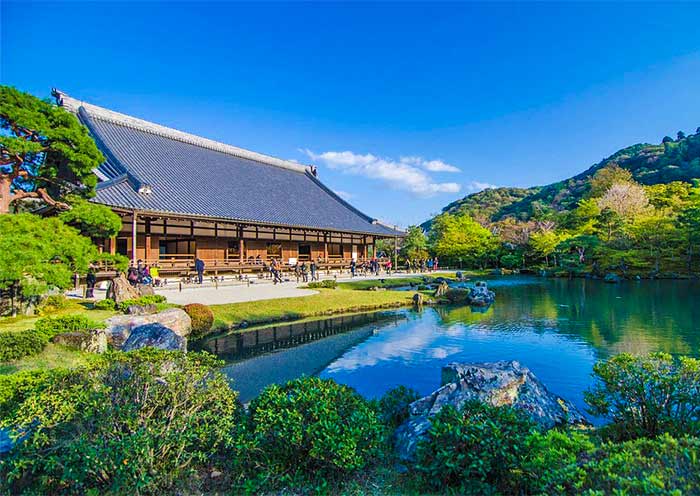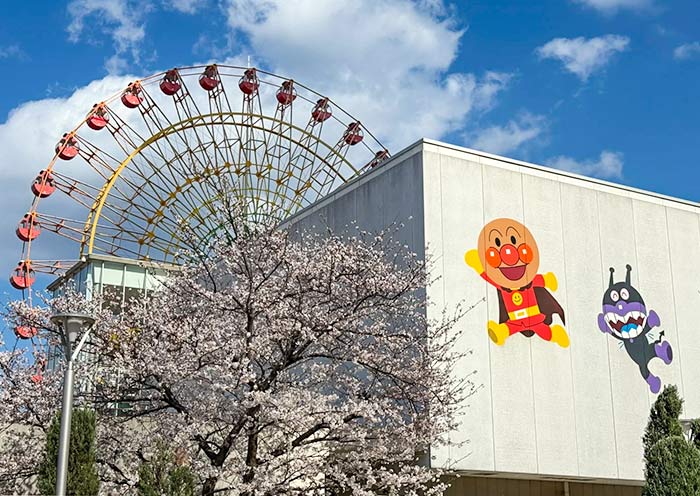6 Days Wakayama Tour - City Vibes, Beach Bliss, Onsen Retreats & Pilgrimage Trails
From
USD Request![]()
- This is the price per person, based on a group of 6 people, 4-star hotel accommodation, and travel during the regular season.
- Early-bird rates apply to bookings made at least 6 months prior to the departure date.
- The price is subject to change depending on your travel season, group size, hotel class, and potential fluctuations in currency exchange rates.
- Highlights
- Itinerary
- Price
- Trip Notes
- Accommodation
- Photos
- Reviews
Best Kansai Tour from Osaka to Wakayama: Where Mountains Meet the Sea
Take our 6 Days Wakayama Tour to Where Serene Cities, White Beaches, Onsen & Ancient Trails Meet. Retreat with an ancient onsen by the Pacific and enjoy fresh sashimi at a seaside market. Step away from the crowds and discover the soul of Kansai (Western Japan).
Discover Japan’s hidden heart with this soul-stirring journey from Osaka to Wakayama - where mountain serenity blends with coastal charm. Wander Wakayama City’s quirky cat-themed train, savor fresh seafood at bustling Kuroshio Market, and explore the historic Wakayama Castle (built by Toyotomi Hideyoshi & home to Kishu Tokugawa clan).
Drive to sunlit Shirahama: hike dramatic cliffs, sink your toes into golden sands at Shirarahama Beach, or unwind in natural hot springs. Next, trek the sacred Kumano Kodo pilgrimage routes, passing UNESCO shrines like Nachi Taisha and thundering waterfalls. End with a spiritual retreat in Koyasan (Mount Koya): wander mossy temple trails, meditate in Zen gardens, and savor shojin ryori (Buddhist vegetarian cuisine) in a mountain lodge.
Discover the Best of Wakayama with a 6 Days Kansai Tour from Osaka! From playful city gems to tranquil beaches and time-honored trails, this tour weaves adventure, culture, nature, and relaxation - your ticket to Japan’s most unforgettable stories.
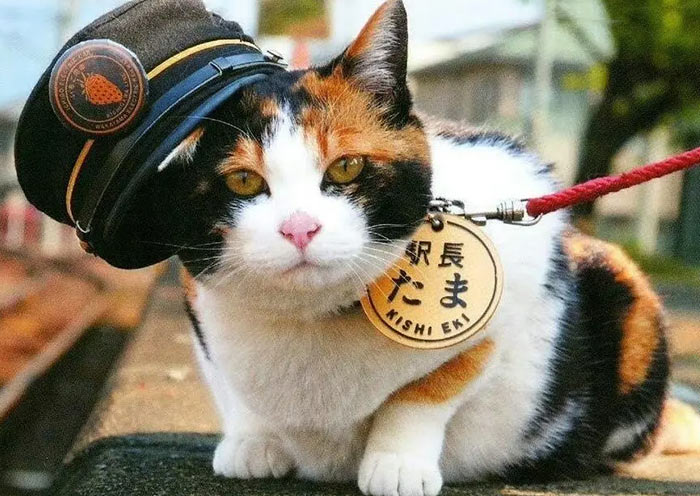

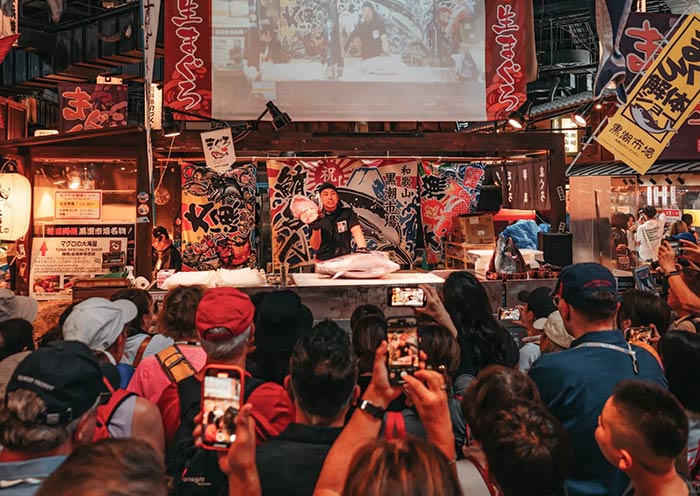

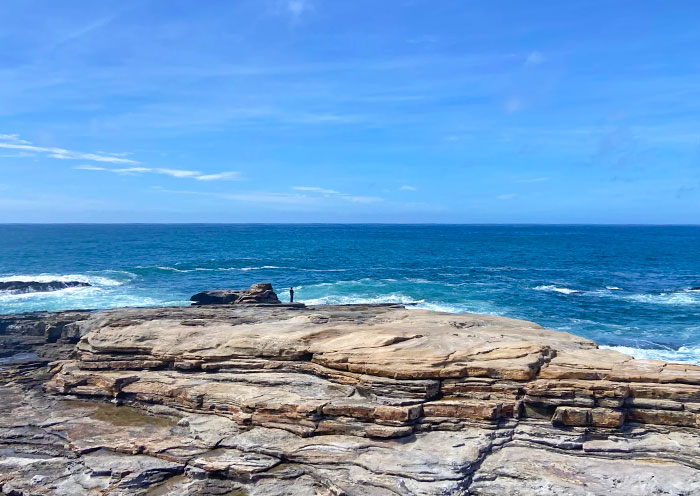
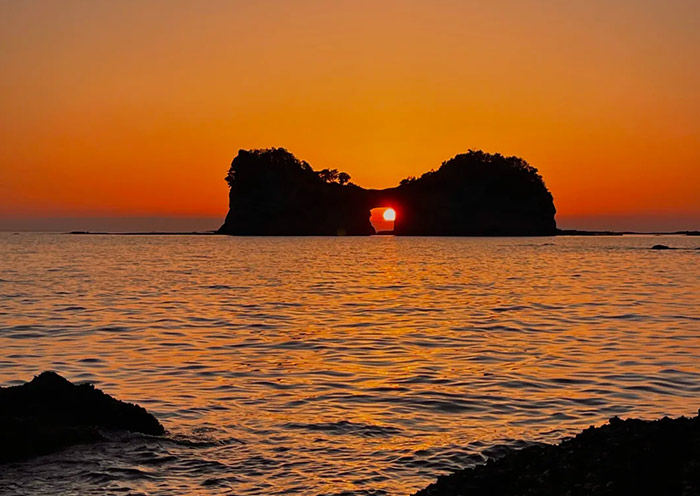



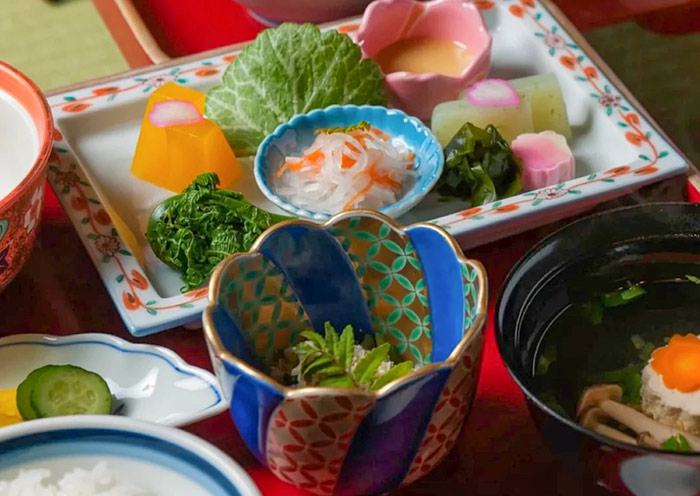
Itinerary at a Glance
Osaka (1 Day)
Transfer to Wakayama City
Wakayama City of Kansai (1 Day)
Tama Densha/Train (Cat Station Master), Kuroshio Market, Wakayama Castle
Shirahama of Wakayama (1 Day)
Sandanbeki Cliff, Sandanbeki Cave (Optional), Senjojiki Rock Plateau, Shirarahama Beach, Shirahama Onsen (Optional), Engetsu Island
Kumano Kodo of Wakayama (1 Day)
Hike on Kumano Kodo (World Heritage; Nakahechi Trail): Kumano Nachi Taisha, Seiganto-ji, Nachi Waterfall, Heian-era kimono Experience (Optional)
Koyasan of Wakayama (1 Day)
Short Hike at Mount Koya (World Heritage Site): Okunoin Temple (Cemetery), Kongobu-ji Temple (Zen garden), Danjo Garan, Koyasan Temple Lodging (Taste Shojin Ryori)
Osaka (1 Day)
Departure
Itinerary Day by Day
Welcome to Japan! Upon your arrival at Osaka's Kansai International Airport, our representative will greet you with a sign bearing your name right at the arrivals gate. Then he will transfer you to your carefully selected hotel in Wakayama City (80 km; 2h). Check into your hotel and take some time to settle in and refresh. The rest of today is free for you to explore the local surroundings at your own pace.
Osaka, as Japan's third-largest city and a major economic hub, is renowned for its rich history, diverse cuisine, unique culture, and strong economic power. The city exudes a distinct sense of humor and an open, warm personality, making it exceptionally vibrant and colorful compared to other cities. Across its vast concrete expanse, dazzling neon lights and brightly colored storefronts illuminate the lively nightlife and irresistible culinary scenes. Known as the "nation's kitchen," Osaka is the birthplace of many Japanese culinary delights.
Wakayama City: where mountains meet the sea. Gateway to sacred peaks & savory secrets! Wakayama is a coastal gem that blends UNESCO Kumano Kodo trails, spiritual Mount Koya, sunlit beaches, and fresh sushi—where nature, culture, and flavor thrive.
Arrival Ideas:
1. By Flight: Kansai International Airport (KIX) is the main international gateway to the Kansai region of Japan. It hosts direct flights from major cities across Asia, Europe, North America, and Australia. In addition to international routes, KIX offers a wide range of domestic flights connecting Osaka with major Japanese cities like Tokyo, Sapporo, Okinawa, and Fukuoka.
2. By Shinkansen (Bullet Train): Shin-Osaka Station is the city’s shinkansen station. It can be reached via a short train ride from major cities like Tokyo, Nagoya, Hiroshima, and Fukuoka, making it a convenient option if you’re traveling from other parts of Japan.
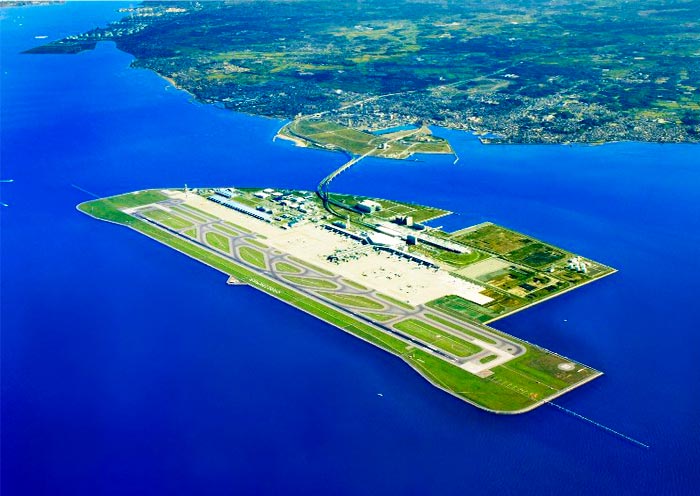
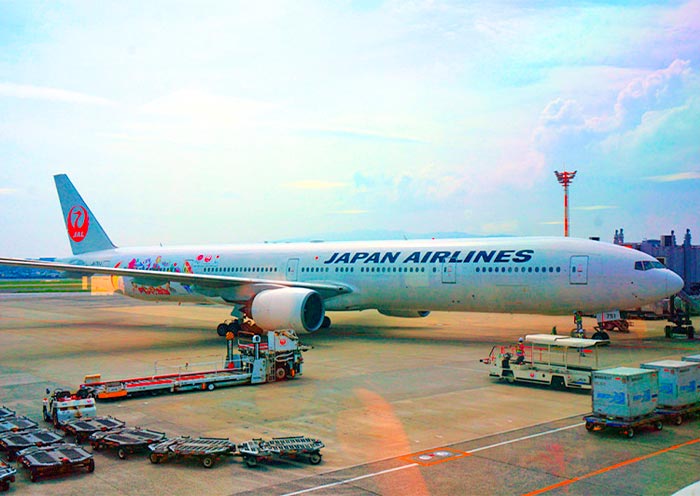
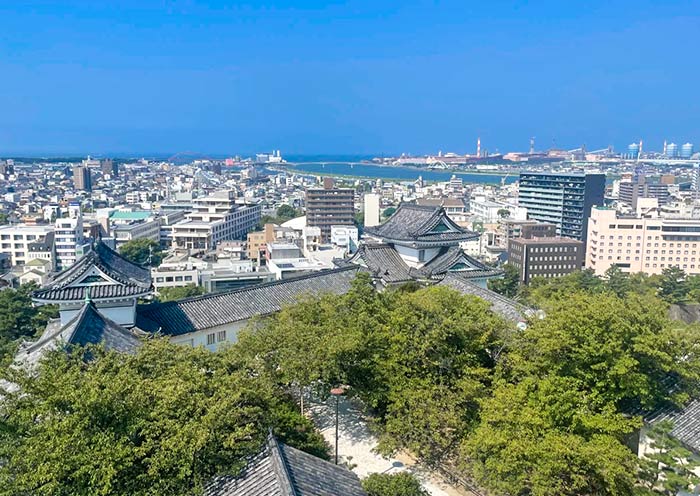

Enjoy Wakayama City Tour. In the morning take a Tama Cat Train to meet and interaction with the Cat Station Master. At lunch time, explore Kuroshio Market for Tuna sushi & seafood. In the afternoon, visit Wakayama Castle & Climb for City Views.
For cat lover, you should not miss Tama Densha, a cat-themed train. Cats hold a cherished place in Japan, with maneki-neko (lucky cats) blessing shops, cat coffee, and temples honor cats as guardians - blending luck, charm, and coexistence. Take Tama Train and Ride with a Feline Legend.
Meet Tama, Japan’s beloved "Cat Station Master," who saved a railway! This adorable calico cat (a stray cat) was appointed in 2007 to the unmanned Kishi Station on Wakayama Electric Railway's Kishigawa Line. Her charming presence attracted global tourists, boosting annual passengers by 17% in her first year and generating over ¥1.1 billion in economic benefits.
You can ride this delightful train, visit Tama’s shrine at Kishi Station, and enjoy the whimsical, heartwarming experience honoring Japan’s beloved feline icon. Today, Tama successors, Nitama and Yontama, carry on her legacy, greeting passengers at Kishi Station. It’s a must-do for cat enthusiasts and train enthusiasts alike.
At lunchtime, head to Kuroshio Market (13,000㎡), a must-visit for seafood lovers. Its main draw is the lively tuna cutting show, held three times a day (11:00, 12:30, 15:00; extra 11:00 show weekends) , where a master chef expertly fillets a massive tuna right before your eyes. Beyond the show, you can purchase fresh sashimi/sushi, grilled seafood, and a seaside BBQ terrace. Don't miss Wakayama's famous plum products and citrus treats. Perfect for foodies and culture lovers!
In the afternoon, enjoy your time at Wakayama Castle, a must-see for culture and nature enthusiasts alike. Nicknamed "Torafusu Takegaki Castle" (Reclining Tiger Bamboo Fence Castle), Wakayama Castle earns its name from Mount Torafusu (its location), which resembles a tiger resting when viewed from the sea. Built in 1585 by Toyotomi Hideyoshi, the castle later became the stronghold of the Kishu Tokugawa clan - a powerful branch of Japan’s ruling Tokugawa shogunate - for over 250 years, symbolizing Wakayama’s samurai heritage.
Though damaged in WWII, the iconic five-story castle tower was reconstructed in 1958 with support from Konosuke Matsushita, Wakayama-born Panasonic founder. Today, it houses exhibits on the Tokugawa era. You can explore original stone walls and turrets, and climb the tower for panoramic views of Wakayama City and the Kinokawa River.
The castle’s crown jewel is Nishinomaru Garden (Momijidani Teien), an Edo-era Japanese garden designated a National Place of Scenic Beauty. Stroll past a tranquil pond, cross a charming bridge, and relax at a matcha teahouse (donated by Matsushita). The garden dazzles during cherry blossom season (April) and autumn foliage (November), blending history with natural beauty.
Free time idea:
Wakayama Civic Library, designed by Kengo Kuma, blends modern architecture with natural light in its airy atrium. Near Wakayama Castle (1.7 km), it offers multilingual books, a children’s zone, a cafe, souvenir shop, and free Wi-Fi.
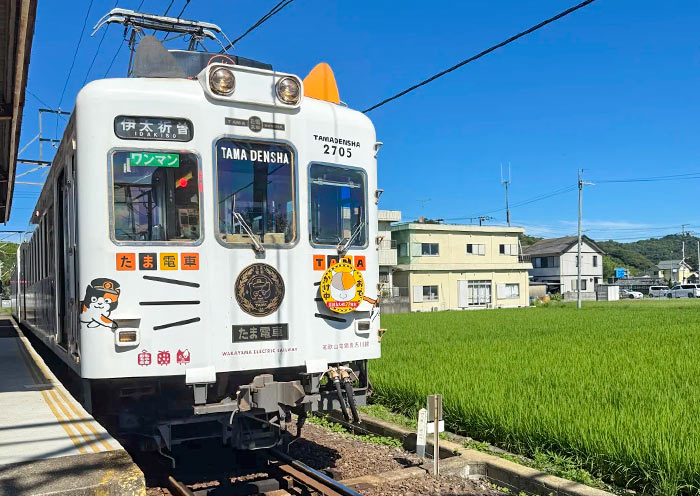

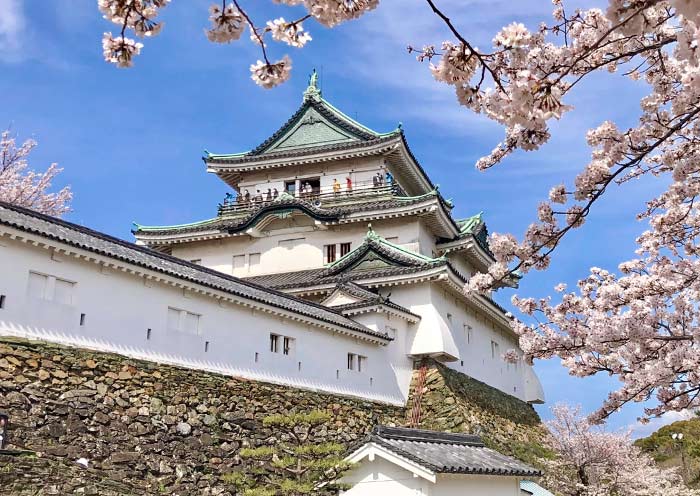
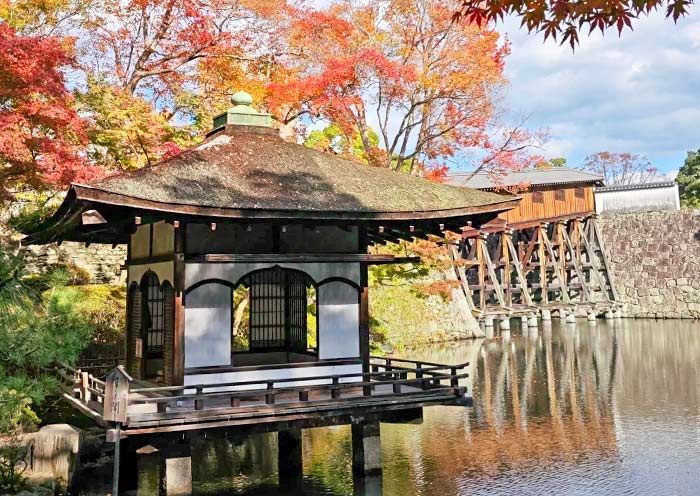
Depart from Wakayama for Shirahama Beach (90 km; 2h). Relaxing at Shirahama Onsen (Optional), enjoy your time at Senjojiki Rock Plateau, Sandanbeki Cliff (Pacific Ocean view) & Engetsu Island (chance for sunset).
In the morning, head to Sandanbeki Cliff. Sandanbeki Cliff is a 60-meter coastal precipice in Wakayama, boasts sheer rock faces carved by waves, offering awe-inspiring vistas of the Pacific Ocean. Sandanbeki Cave (Optional; self-pay), is a thrilling seaside attraction beneath towering cliffs. Take an elevator down 36 meters to a 200-meter walkway where you can witness powerful waves crashing against the rocks. A quick, unique natural adventure. It is also a historic hideout for the Kumano naval force. The cave also features a shrine to the goddess Benzaiten and a replica of a guardhouse.
Then, reach Senjojiki Rock Plateau for a stroll on ancient formations shaped by natural erosion. Senjojiki, Wakayama’s iconic coastal wonder, is a 4-hectare flat rock platform formed from soft Neogene sandstone eroded by Pacific waves over 18 million years. Named for its "thousand tatami mats/Japanese traditional mats" appearance, it offers surreal views of stacked rock layers. A prime spot for fiery sunsets over the Pacific, where you can see ancient fossilized sea worm trails and wave imprints, all while enjoying the dramatic geography and stunning ocean views.
After that, time to relax at Shirahama Beach, a perfect spot for swimming and sunbathing. Stretching 640 m with pearl-like sand imported from Australia, earning its "Japan’s Hawaii" title. As Japan’s earliest swimming season opener, it embodies a serene yet lively coastal escape. Palm-lined shores and year-round warm temperatures create a tropical ambiance. Nearby, Shirarahama Onsen offers therapeutic hot springs, blending relaxation with coastal beauty.
Then, you will visit Engetsu Island (chance for sunset photo). Engetsu Island features a dramatic 130m-wide natural moon-shaped hole. Famous for stunning sunsets where the setting sun aligns perfectly within the arch, creating a breathtaking spectacle.
Optional Activity:
Shirahama Onsen (self-pay): Enjoy hot spring at Saki-no-Yu Onsen Spa or other Onsen Spots. Soak in history and nature at Saki-no-Yu崎之汤, a historic hot spring in Shirahama. This open-air onsen is one of Japan's oldest (1,300-year-old) & is renowned for its natural rock baths with stunning, direct views of the Pacific Ocean.
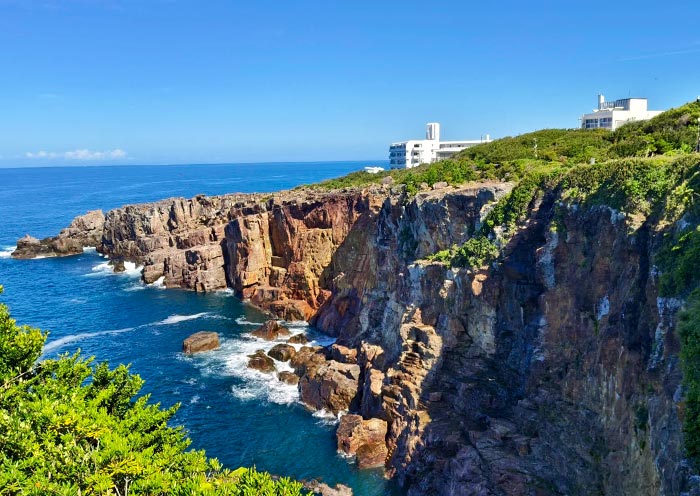
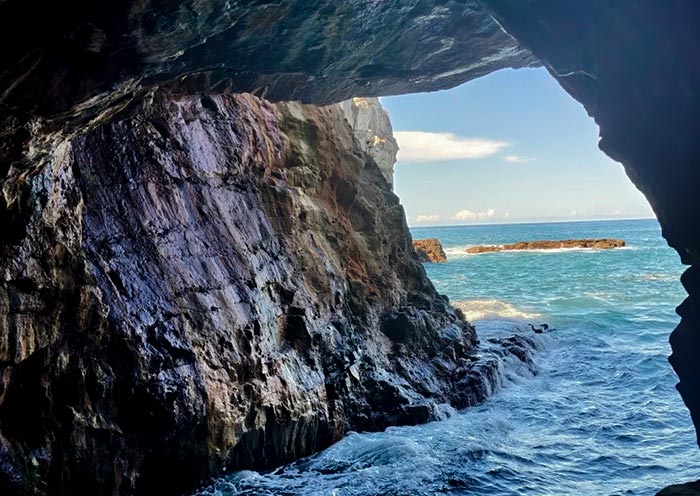
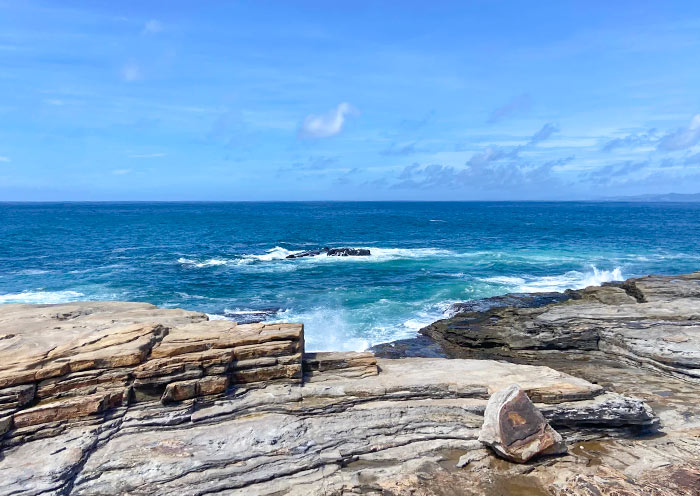
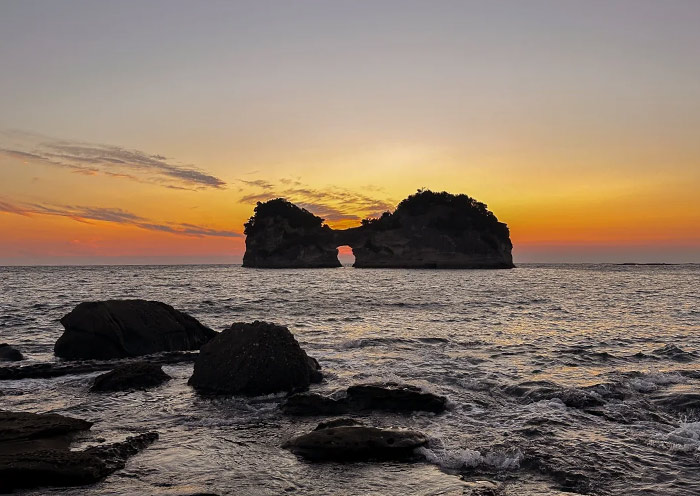
In the morning, head to Kumano Kodo (World Heritage), 100 km, 2.5h. Enjoy the hike on Kumano Kodo Nakahechi Trail: for Kumano Nachi Taisha, Seiganto-ji & Nachi Falls. You can enjoy a 2-hour hike from Daimonzaka to Kumano Nachi Taisha. Trek the moss-covered Daimon-zaka staircase through 800-year-old cedars to reach the shrine, retracing imperial pilgrims’ steps.
Kumano Nachi Taisha, one of the Kumano Sanzan shrines, is famed for its breathtaking fusion of nature and spirituality. It is also known for its stunning location overlooking the Nachi Waterfall (133 meters), Japan's tallest single-drop cascade. Witness the iconic view of the shrine’s vermilion three-storied pagoda (Seiganto-ji) framed against the roaring Nachi Falls, embodying Shinto-Buddhist harmony. Here, the falls are worshipped as a kami (deity).
You can explore the vibrant vermilion shrine, participate in traditional rituals, and enjoy panoramic views of the lush landscape. Seasonal beauty, from cherry blossoms to autumn hues, enhances its allure. The site embodies Japan’s sacred landscapes, blending ancient rituals with natural grandeur.
You can also visit the adjacent Seigantoji Buddhist Temple (Seiganto-ji), reflecting the site's unique mix of Shinto and Buddhist beliefs. Seiganto-ji is a 4th-century Tendai Buddhist temple famed for its iconic three-story vermillion pagoda against the backdrop of Japan’s tallest waterfall, Nachi Falls.
Seiganto-ji was built by Indian monk Ragyō Shōnin and later reconstructed in 1590 by Toyotomi Hideyoshi. Its unpainted cypress-wood main hall showcases austere beauty and is a National Treasure. The temple’s ancient cedar forests, Zen garden, and sacred trail leading to Nachi Falls offer serene spiritual immersion. As the first temple of Japan’s sacred Saigoku Kannon Pilgrimage (33 temples), Seiganto-ji also hosts rituals, including autumn fire ceremonies.
Optional Activities: (If time permits)
Heian-era kimonos Experience (self-pay): You can rent Heian-era kimono near Daimon-zaka. You can don traditional attire, stroll historic trails, and immerse yourself in the ambiance, surrounded by preserved architecture—a distinctive place to engage with Wakayama’s local culture and old-world charm.


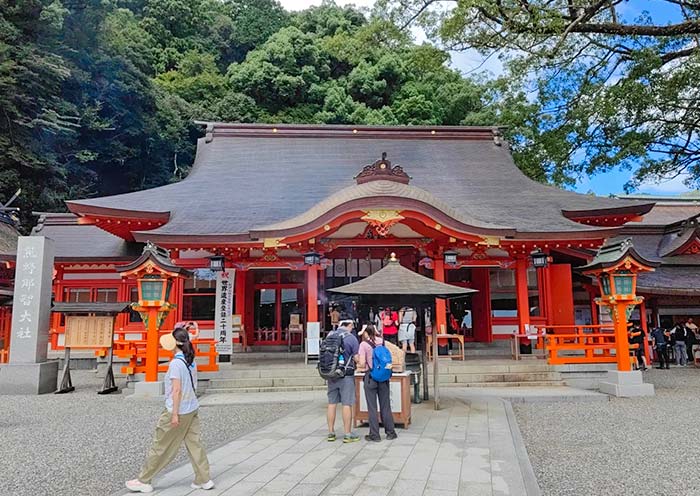
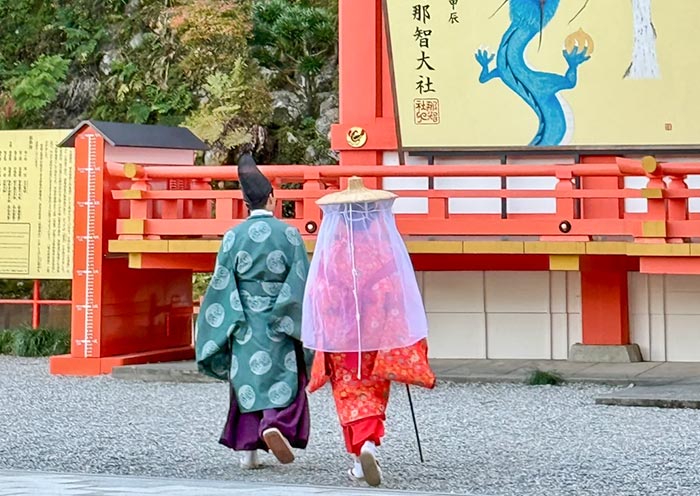
This morning, depart Kumano Kodo for Koyasan (140 km. 3.5h), Japan’s sacred mountain. Enjoy a Mt. Koya Hike, along the way making stops at Okunoin (Japan's largest cemetery), Kongobu-ji Temple, Danjo Garan, and overnight at Koyasan Temple Lodging & dinner with Shojin Ryori.
Koyasan (Mount Koya) is the birthplace of Shingon Buddhism, a form of Esoteric Buddhism in Japan, founded over 1,200 years ago by the eminent monk Kobo Daishi (Kukai; 弘法大师/空海; 774–835) in the early Heian period. Mt Koya, surrounded by a group of mountains in the shape of a lotus flower and known as the "Peak of Eight Leaves," houses 117 temples primarily built in the Tang Dynasty architectural style, making it a unique religious city in Japan often referred to as the "Holy City in the Sky."
In 816 AD, after completing his studies in the Tang Dynasty capital of Chang'an and returning to Japan, Kobo Daishi chose Mount Koya as the site for his spiritual practice and the establishment of Shingon Buddhism. In 2004, Mount Koya was designated as a core part of the " Sacred Sites and Pilgrimage Routes in the Kii Mountain Range" and inscribed as a UNESCO World Heritage site.
Here, serene ancient paths wind through towering old trees, alongside majestic temple structures, seamlessly blending natural landscapes with cultural history. Mount Koya is not only a pilgrimage site for Buddhists but also attracts history enthusiasts (Sengoku Period in Japan; 1467-1615) and hikers.
Enjoy the Mt Koya Hike: The pilgrimage path leading to Okunoin Temple stretches 2 km from Ichinohashi Bridge to Gobyonohashi Bridge. Strolling along, it feels like a journey through a millennium of Japanese history. Ancient cedar trees, some over a thousand years old, line the path, while around 200,000 graves and stupas are scattered throughout the forest, creating a sort of "Who's Who" cemetery of Japanese history - figures like Oda Nobunaga, Toyotomi Hideyoshi, Tokugawa Ieyasu, Takeda Shingen... nearly all the heavyweight historical figures you've heard of rest here. They all long to find their own path to redemption here with Kukai (Kobo Daishi). Walking through Okunoin is like reading an entire book of Japanese history & human life. For the daring, consider joining the unique night tour at Okunoin (Optional), where in the dimly lit forest, history and mystery intertwine.
For a profound experience, the top four recommended spots to visit are: Okunoin Temple (奥之院), where Kukai taught & rests (people think Kukai is still alive), Kongobuji Temple (金刚峰寺), the head temple of Shingon Buddhism (where Kukai taught) & the biggest Karesansui (Japanese rock garden/Zen garden) in Japan, the Reihokan Museum (Optional; 灵宝馆) housing precious Buddhist artifacts, and the Danjo Garan (坛上伽蓝) representing the fundamental dojo of Shingon Buddhism.
Another highlight of Koyasan tourism is that there are 52 temple lodgings here. These lodgings not only provide quiet accommodation and vegetarian food (Shojin cuisine), but also provide spiritual practice activities such as meditation, listening to sermons, and copying scriptures. Overnight in Mount Koya.

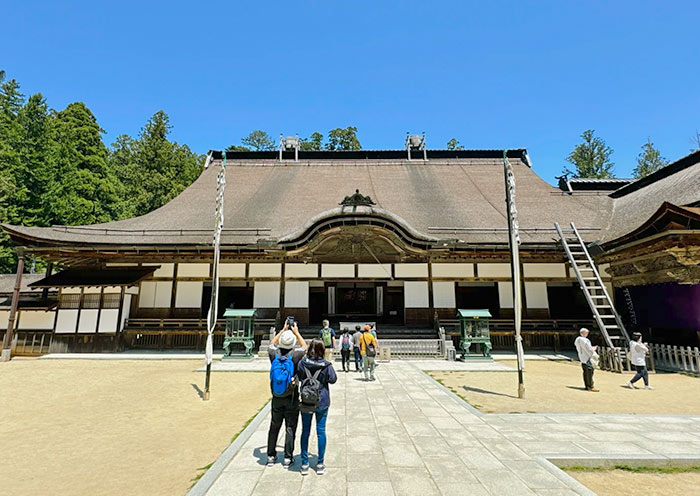
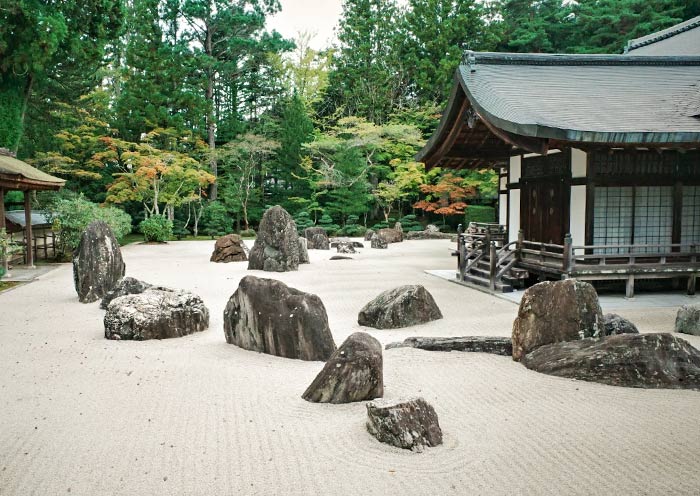

It is time to end your unforgettable 6 Days Kansai Wakayama Tour. Your driver will ensure a smooth transfer to Airport in Osaka for your departure flight (100 km, 2.5h).
Trip Extension: If you'd like to extend your adventures in Japan, consider exploring other notable regions like Tokyo, Hakone, etc. Feel free to contact us to customize your extended itinerary.
Thank you for choosing Asia Odyssey Travel for your tour of Asia. We are dedicated to enhancing your travel experiences and look forward to welcoming you on your next adventure in Asia. Have a safe journey home!
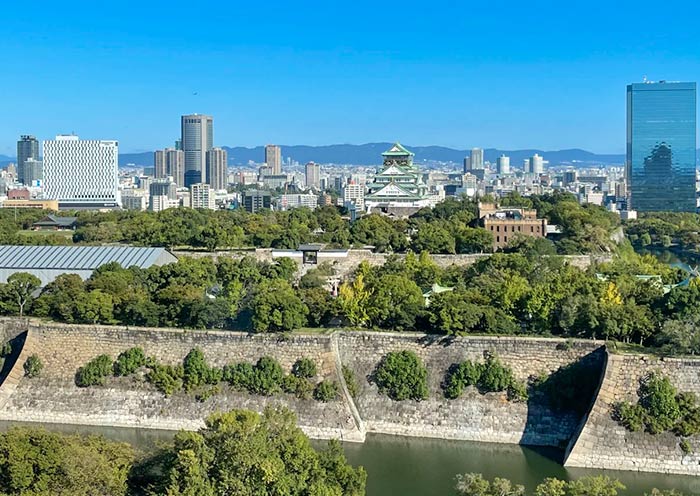
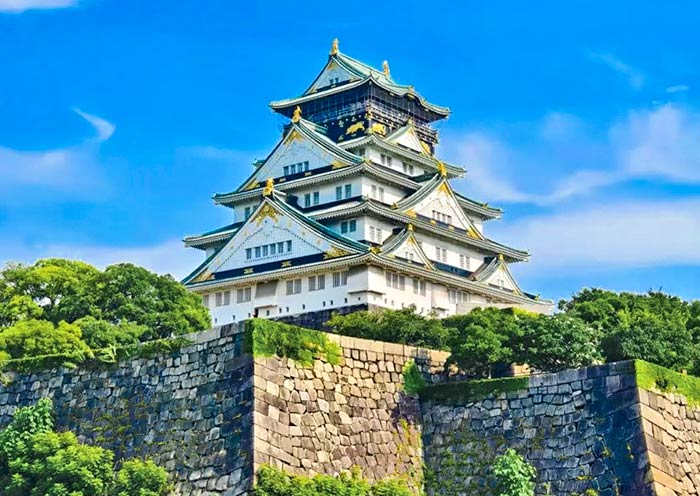
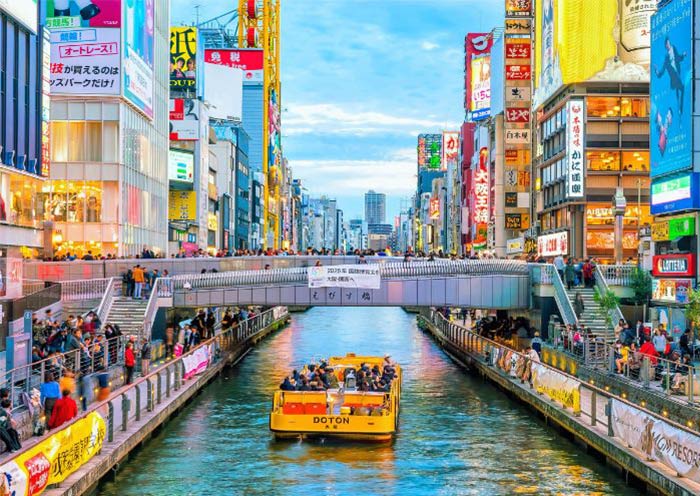
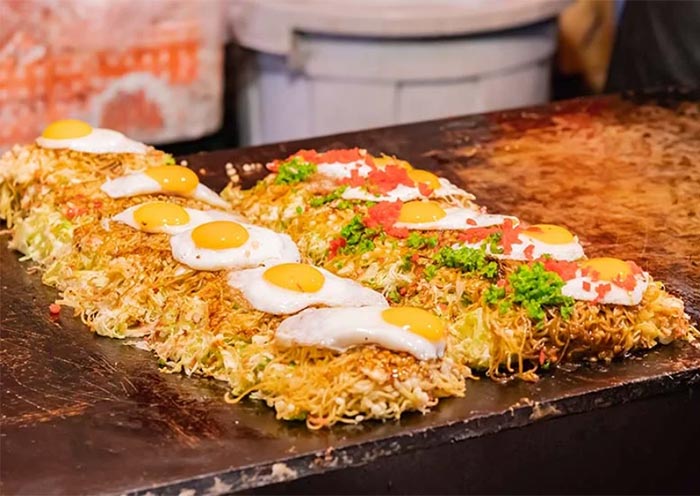
What’s Included & What’s Excluded
What's Included:
What's Excluded:
Important Travel Tips for Visiting Japan
Get the right visa. Depending on your nationality and the length of your stay, you may need to apply for a visa in advance. You can do this online or at a Japanese embassy or consulate. Many countries are part of Japan’s visa exemption program, allowing their citizens to enter Japan for short stays without a visa for tourism. Always check if your country is on this list before applying for a visa. If you have any questions, feel free to contact our travel experts for more information.
The best time to visit Japan depends on your interests:
Spring (March to May): Ideal
for witnessing the cherry blossoms and enjoying mild weather. Major cities like Tokyo, Kyoto, and Hiroshima
are particularly beautiful as cherry trees bloom spectacularly.
Summer (June to
August): Perfect for experiencing vibrant festivals such as Gion Matsuri in Kyoto,
Tanabata Matsuri across the country, and enjoying the natural beauty of Hokkaido, which is less humid than
the rest of Japan. Note that early summer (June) is the rainy season.
Autumn (September to
November): Offers stunning fall foliage, making it a great time for hiking and temple
visits. The weather is cool and pleasant, ideal for outdoor activities.
Winter (December to
February): The best time for winter sports, especially in regions like Hokkaido and the
Japanese Alps. Onsens (hot springs) are also a popular attraction during the cold months.
Bring Cash. Despite advances in digital payment, many smaller vendors, temples, and rural
areas operate predominantly with cash. It’s wise to keep some yen on hand at all
times.
Universal Travel Adapter. Japan uses 100V with two straight thin
pins.
Passport: Ensure it’s valid for at least six months beyond your date
of travel.
Visa (if required): Make sure you have the right visa for your
travel.
Travel Insurance Information: Always good to have on hand.
Bow when greeting: A slight bow is a common way to say hello, thank you, or
sorry.
Be mindful of your noise level: Japanese culture values quietness,
especially in public transportation and residential areas.
Follow the rules: Whether
it's waiting in line or adhering to signage, following local rules and etiquette is highly
valued.
Etiquette in temples and shrines: Wear modest clothing and follow specific
customs such as washing hands and mouth before entering a shrine or temple. Photography might be restricted
in sacred areas.
Looking for more travel guides for first-time visitors to Japan? Want to gather additional information to plan your trip? Our team of professional travel experts has written over 40 articles about Vietnam. Please check out ourJapan Travel Guide for inspiration and detailed insights.
Hotel Conditions for Your Japan Tour
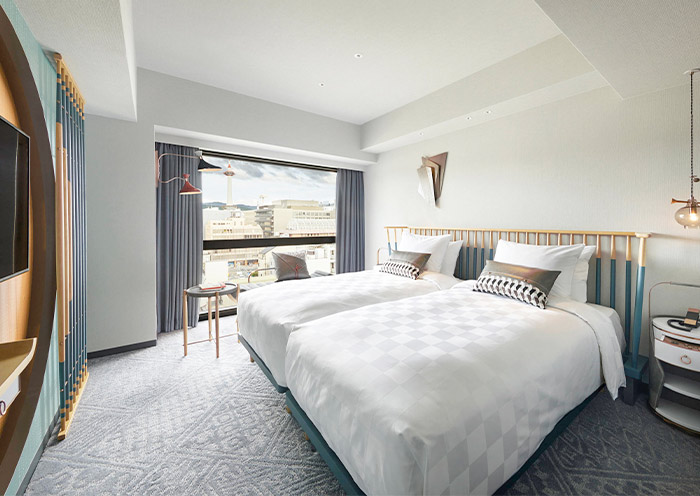


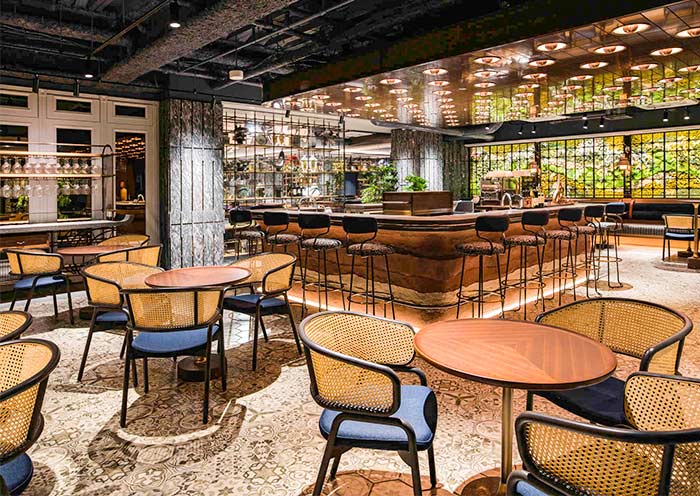
We offer a range of accommodation options to suit various preferences and budgets: luxurious 5-star hotels, comfortable 4-star hotels, and economical 3-star hotels. Our selected hotels are conveniently located close to the city center or popular tourist spots.
For those seeking a more distinctive lodging experience, we also offer Traditional Ryokans, Machiya, Onsen (hot springs) Hotels, etc. If you have specific needs or preferences, please consult with your travel advisor.
Tips: Be aware that hotel room sizes in Japan may be smaller compared to those in other developed countries due to the scarcity of land. If your budget allows, it is recommended to opt for a higher category of hotel, which will generally offer more comfort.
Photo Gallery for This Itinerary
Latest Japan Tours Reviews from Our Customers

Jess
Malaysia
Destination(s): Beijing, Xian, Shanghai, Zhangjiajie
Date of Experience: Sep 04, 2025
Tour Customized by: Yee
You May be Interested in This Tour: 26 Days In-Depth Vietnam China Japan Tour: Ultimate Asia Contrast

Claudia Konrado
Brazil
That’s when a friend recommended Asia Odyssey Travel (AOT), and it was the best decision we made! Not only did they completely customize our entire trip, but they did so at a perfectly reasonable cost. Our travel agent, Abby, was absolutely incredible. She worked tirelessly with us to build out an itinerary, patiently answering all our questions, offering guidance, making changes, and adding new ideas with such care and professionalism. From Disney and Universal for the teens to visits to TeamLab Planets, museums and temples and shopping excursions, ending with a relaxing beach time in Okinawa, Abby worked with us and ensured there was something wonderful for everyone. Even during the trip, she was always available to help and provide support. I truly can’t express how much Abby made a difference in our experience. The entire team at AOT, from the guides to the drivers, was consistently helpful and attentive, ensuring every moment of our journey was smooth and enjoyable. We are so grateful for the wonderful memories created, all thanks to the dedication and expertise of AOT team. We highly recommend them for an exceptional travel experience.
Date of Experience: Jul 01, 2025
Tour Customized by: Abby
You May be Interested in This Tour: Customized Tour

Cheers
Britain
I’m so glad we chose to do this tour! We were looking for a way to escape the summer heat, and Hokkaido was a dream come true. The air was so fresh and the scenery was just incredible—I swear my photos don’t even do it justice.
The highlight for me was definitely the lavender fields in Furano. They were even more beautiful in person than in all the pictures you see online. Our private guide knew the best spots to get a great view without fighting the crowds. Plus, we got to see all the other rainbow flower fields in Biei which were just as amazing.
The trip was super relaxing because we didn't have to worry about a thing. Our driver was so professional, and it was a huge relief to have a private car just for our family. It made getting between all the different towns so easy. We loved exploring the charming canal in Otaru and getting to eat all the fresh seafood in Sapporo. The food in Hokkaido is seriously on another level!
Date of Experience: Jun 10, 2025
Tour Customized by: Cheers
You May be Interested in This Tour: 8 Days Hokkaido Summer Tour: Colorful Family Vacation on Hokkaido Island
Price: From USD Request pp
(Based on a private tour for 6 persons staying in 4-star hotels. Prices may vary depending on the itinerary, travel dates, and group size. )
(Book at least 6 months in advance)
